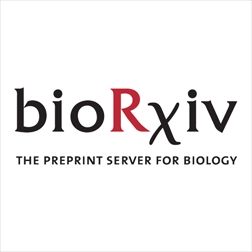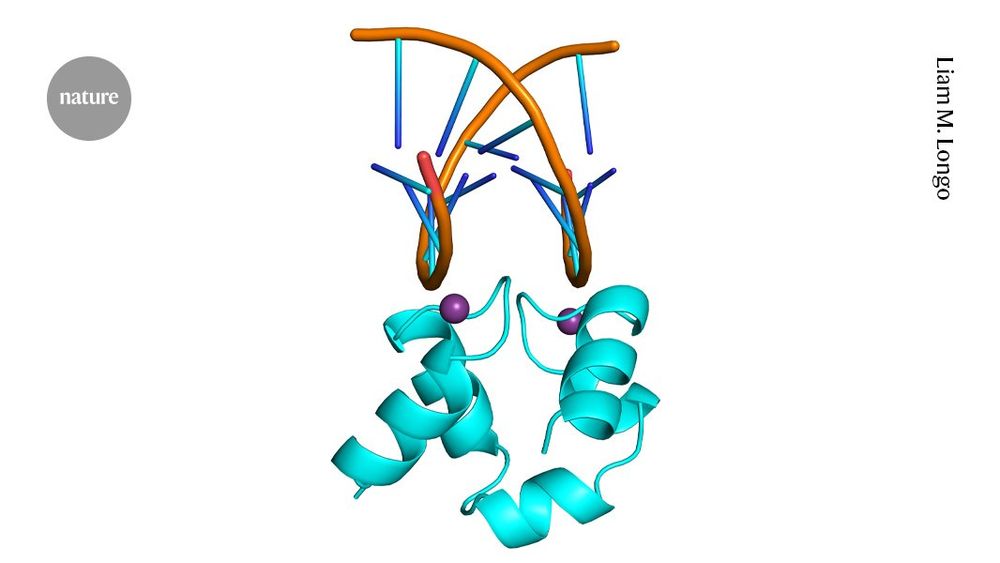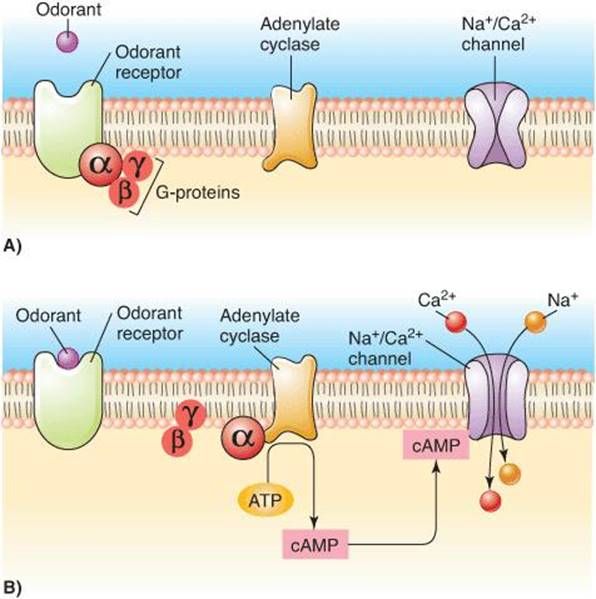github.com/Benoitdw/war...

github.com/Benoitdw/war...
github.com/pola-rs/polars

github.com/pola-rs/polars
and GH repo: github.com/refresh-bio/...

and GH repo: github.com/refresh-bio/...
Research shows how evaporation and fluid flow in a narrow channel can drive isothermal DNA replication, offering a plausible, low-temp setting for early molecular evolution.
buff.ly/ADgyeFk
Research shows how evaporation and fluid flow in a narrow channel can drive isothermal DNA replication, offering a plausible, low-temp setting for early molecular evolution.
buff.ly/ADgyeFk
www.biorxiv.org/content/10.1...

www.biorxiv.org/content/10.1...
Looking forward to seeing you there!

Looking forward to seeing you there!
https://go.nature.com/4mCImRm

https://go.nature.com/4mCImRm
Looking through this. Will pull tidbits out and put them in this thread.
The proposed 15% cap on indirect costs remains.
Again, these budgets are passed, and our leadership in science, technology, and innovation is gone.
www.hhs.gov/sites/defaul...
Looking through this. Will pull tidbits out and put them in this thread.
Located in olfactory neuron membranes inside the nose, they change shape when a molecule binds, triggering reactions that ultimately open ion channels, depolarize the membrane and send a signal to the brain.

Located in olfactory neuron membranes inside the nose, they change shape when a molecule binds, triggering reactions that ultimately open ion channels, depolarize the membrane and send a signal to the brain.

